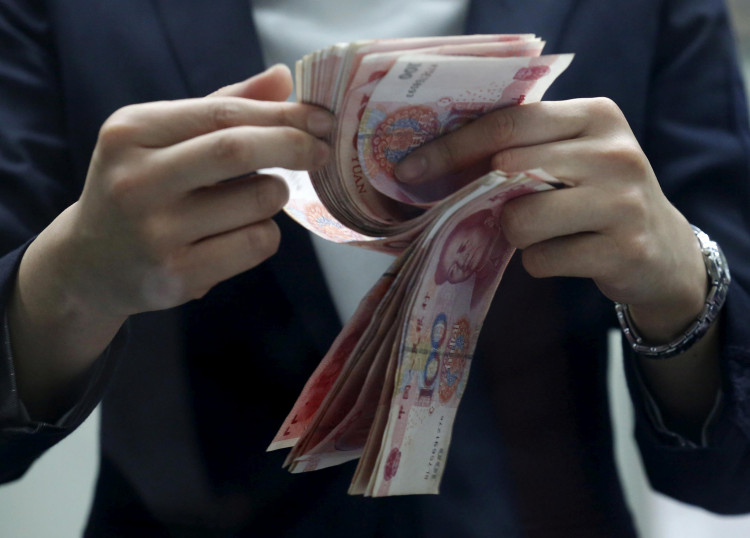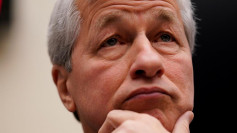The Chinese currency lost steam versus the US greenback late Monday, while shares rallied, after China's commerce officials kicked off a new round of stimulus to cushion the economy against weak local demand and rigid trade tariffs.
The onshore yuan (CNY) fell back 0.14 percent to 7.1241 per 1USD, while its offshore currency declined 0.23 percent to 7.1230 per 1USD.
The People's Bank of China has disclosed it was trimming the volume of cash financial institutes must acquire as reserves this year, infusing $127 billion (900 billion yuan) in liquidity to ease its laggard economy.
Investors said that the Chinese central bank seems to have utilized the daily fixing rate to halt the yuan's retreat once again. Traders adjusted the currency's midpoint at 7.0851 per one US dollar, stronger compared to Reuters' projection of 7.093.
The cut in Reserve Requirement Ratio was released prior to data over the weekend that indicated China's exports dropped last month as deliveries to the US weakened as well. This pointed to more slowdown in the second biggest economy in the world, putting to light an urgent necessity for further stimulus as Washington and Beijing are still not in talking terms.
China's benchmark CSI-300 index advanced just a measly 0.8 percent to a near 5-month peak, while the Shanghai Composite Index inched up 0.9 percent, although the two indexes pared early gains as traders locked in on profits. China's 10-year treasury futures fell 0.1 percent.
According to trader with an international bank based in Shanghai, the central bank will not allow China's currency to drop further, because they are aware Washington will be tightly monitoring the forex rate. "It's likely to become steady," the trader said.
Chinese finance officials are expected to divulge further support efforts to prevent the danger of a deeper economic collapse, and this includes slight decreases in different lending rates in the coming days and more RRR cuts as well, possibly in the next three months.
For Huntai Futures market analyst Xu Wenyu, the PBOC may not need to be perceived as too impatient in its financial stimulus measures, hiking liquidity in the form of more efficient price adjustments.
Still, many market observers see the central bank to slash rates by the end of September especially as the US Federal Reserve is set to trim its interest rates. Key cuts in RRR has had a huge effect on forex market rates but not on corporate lending.





